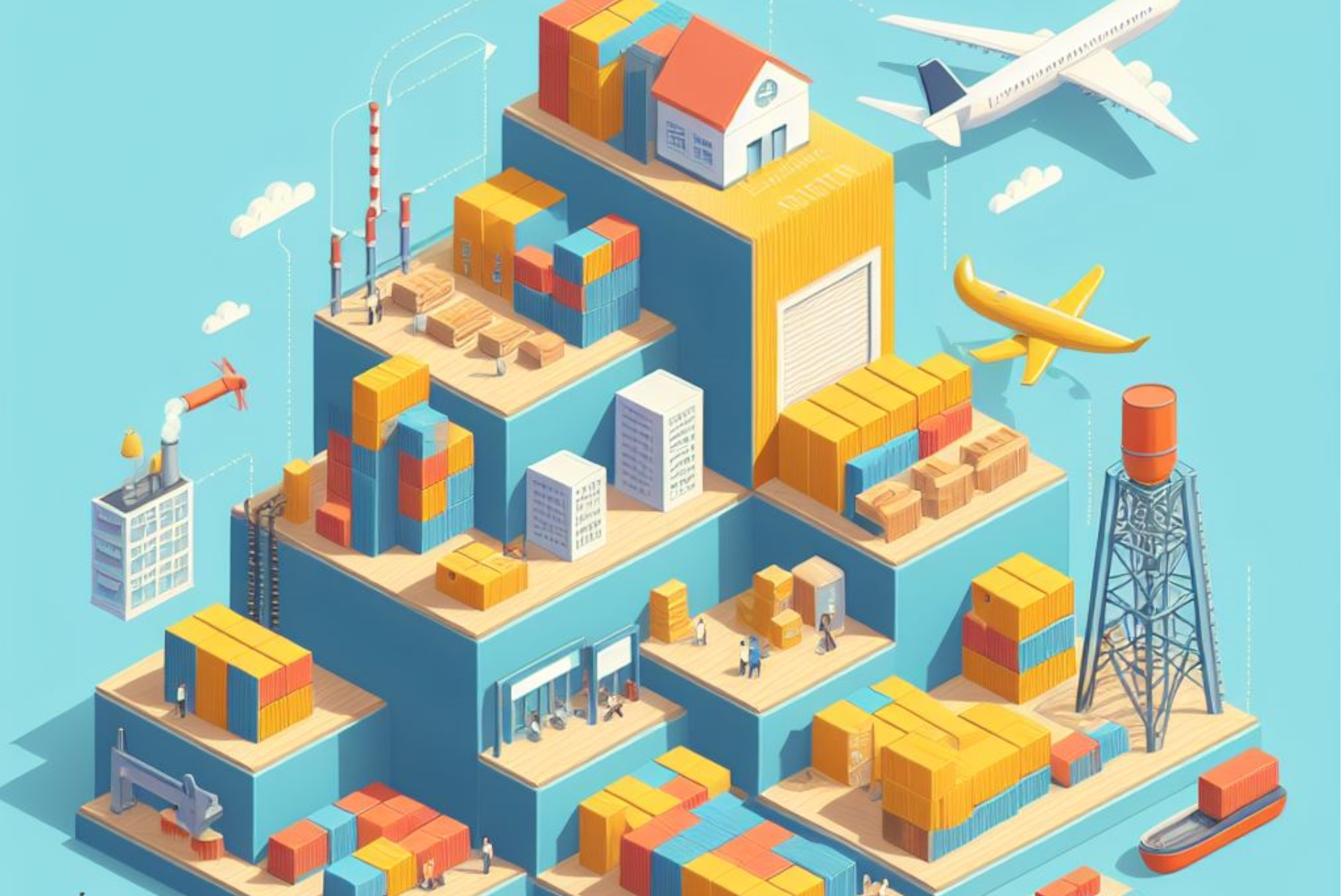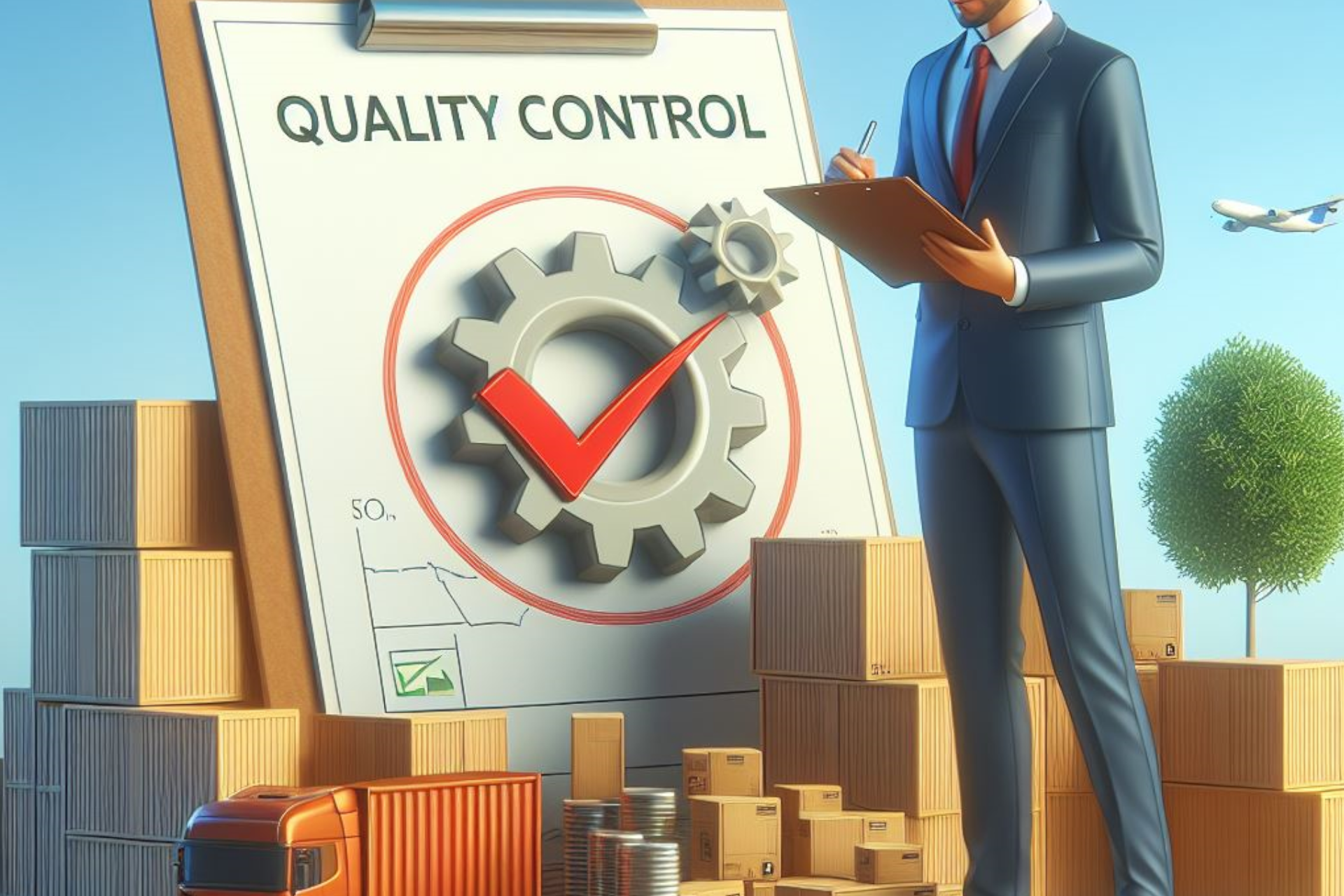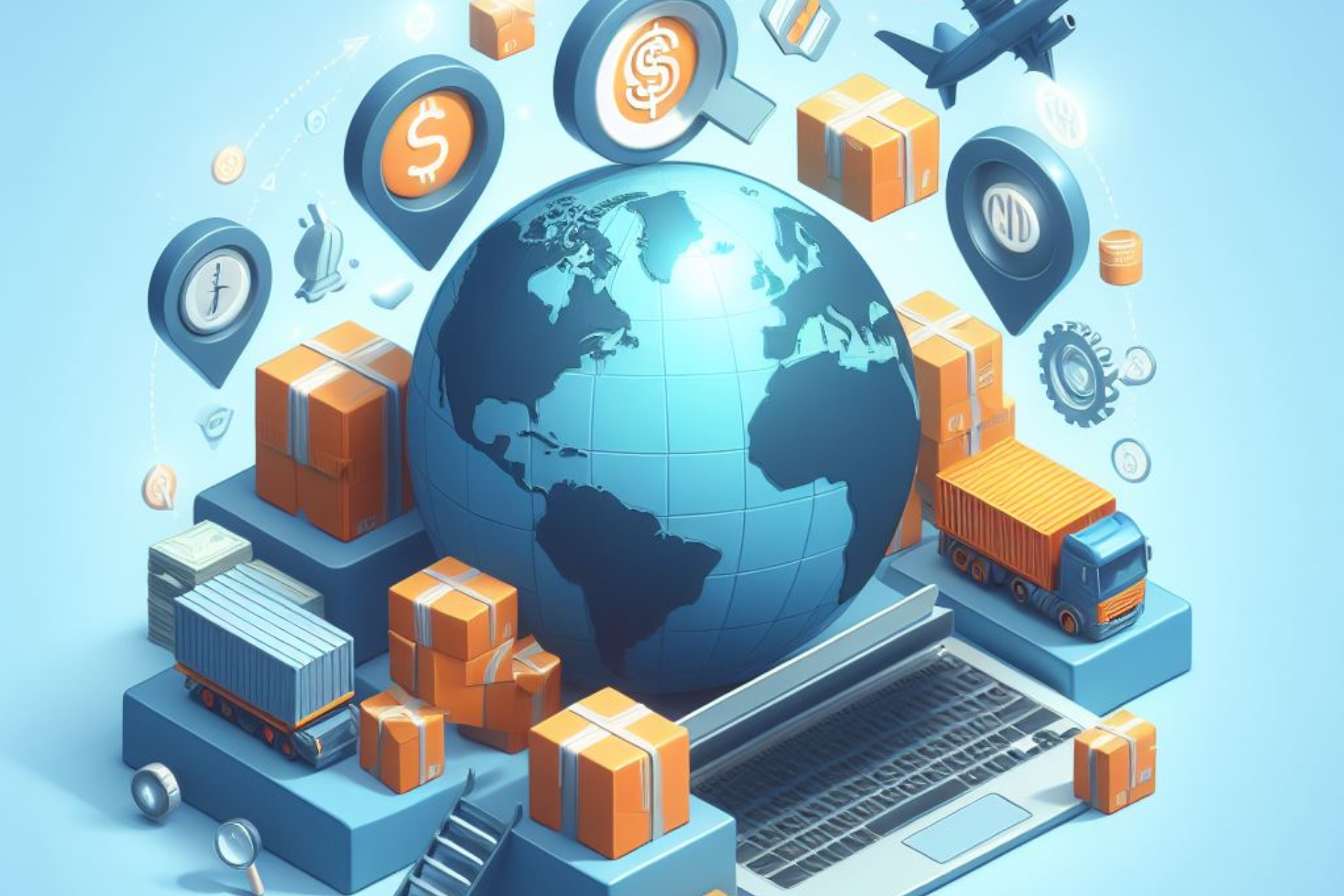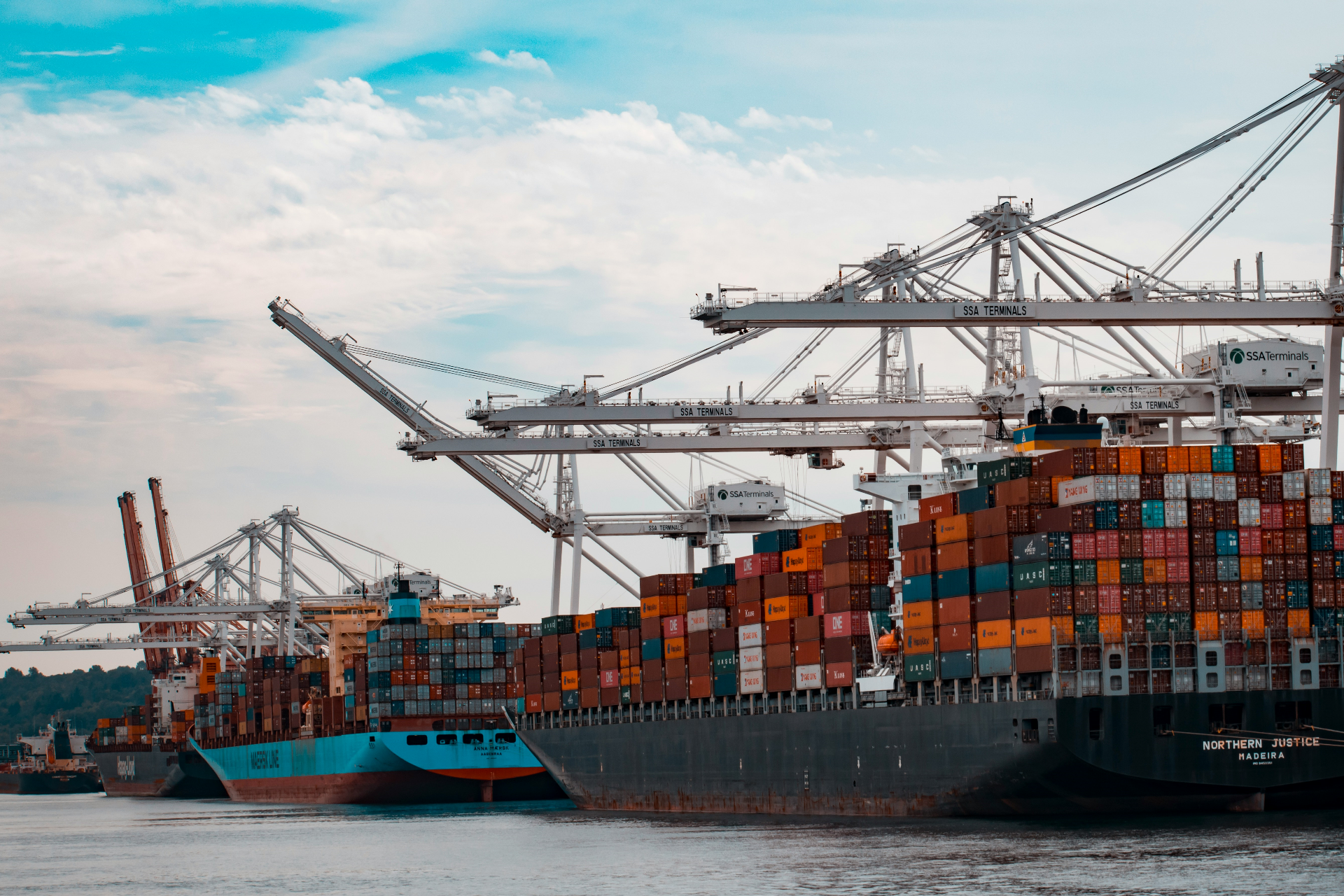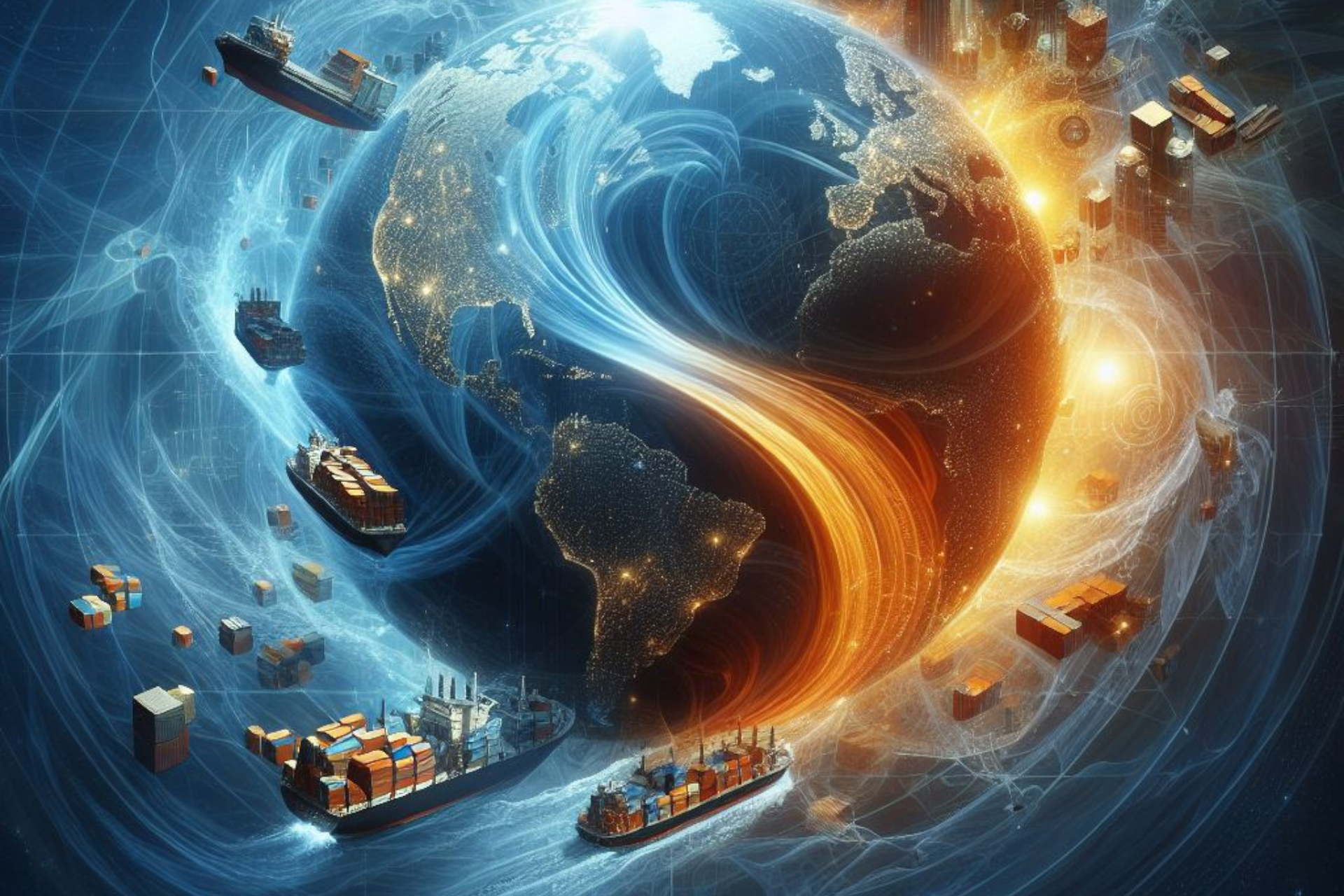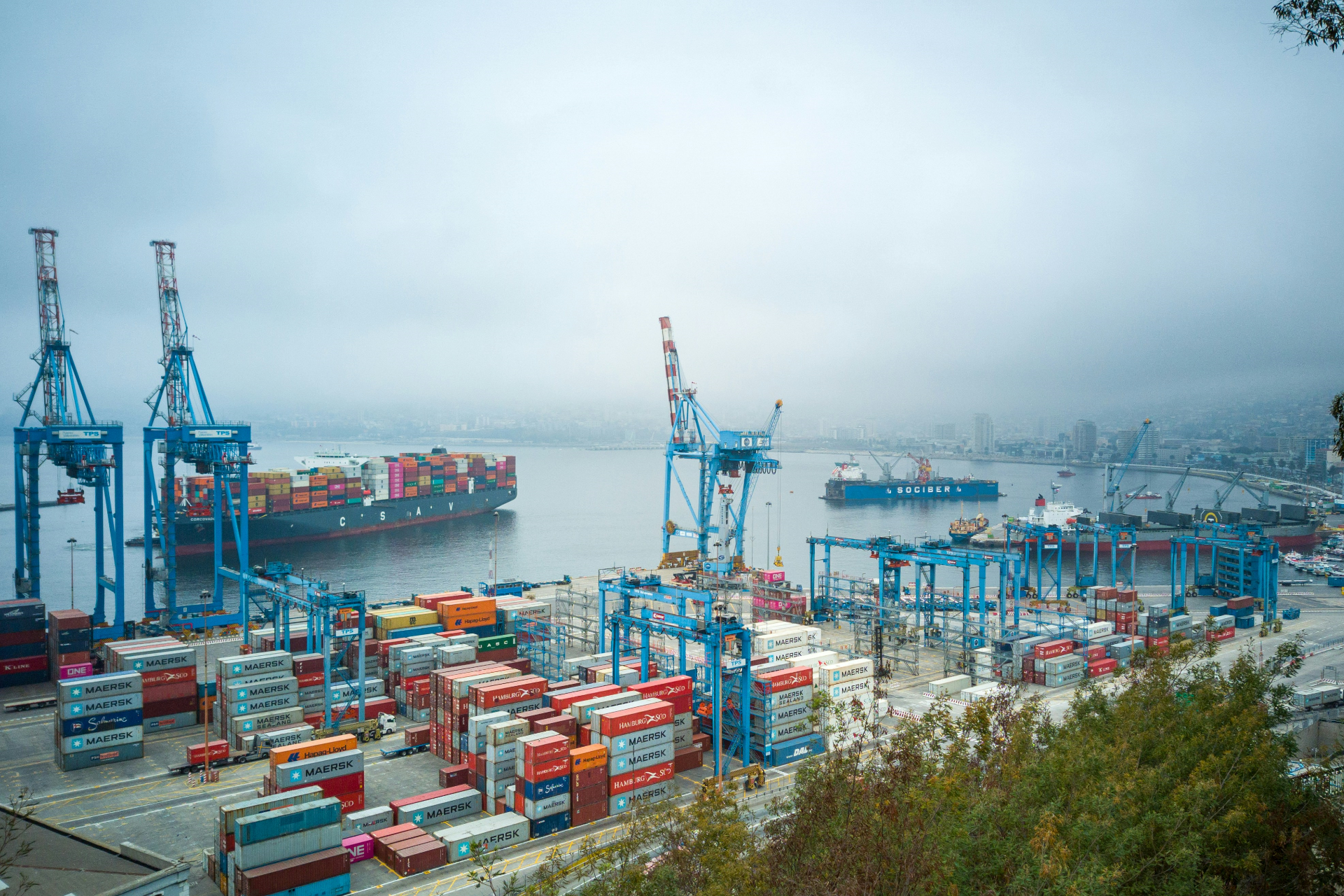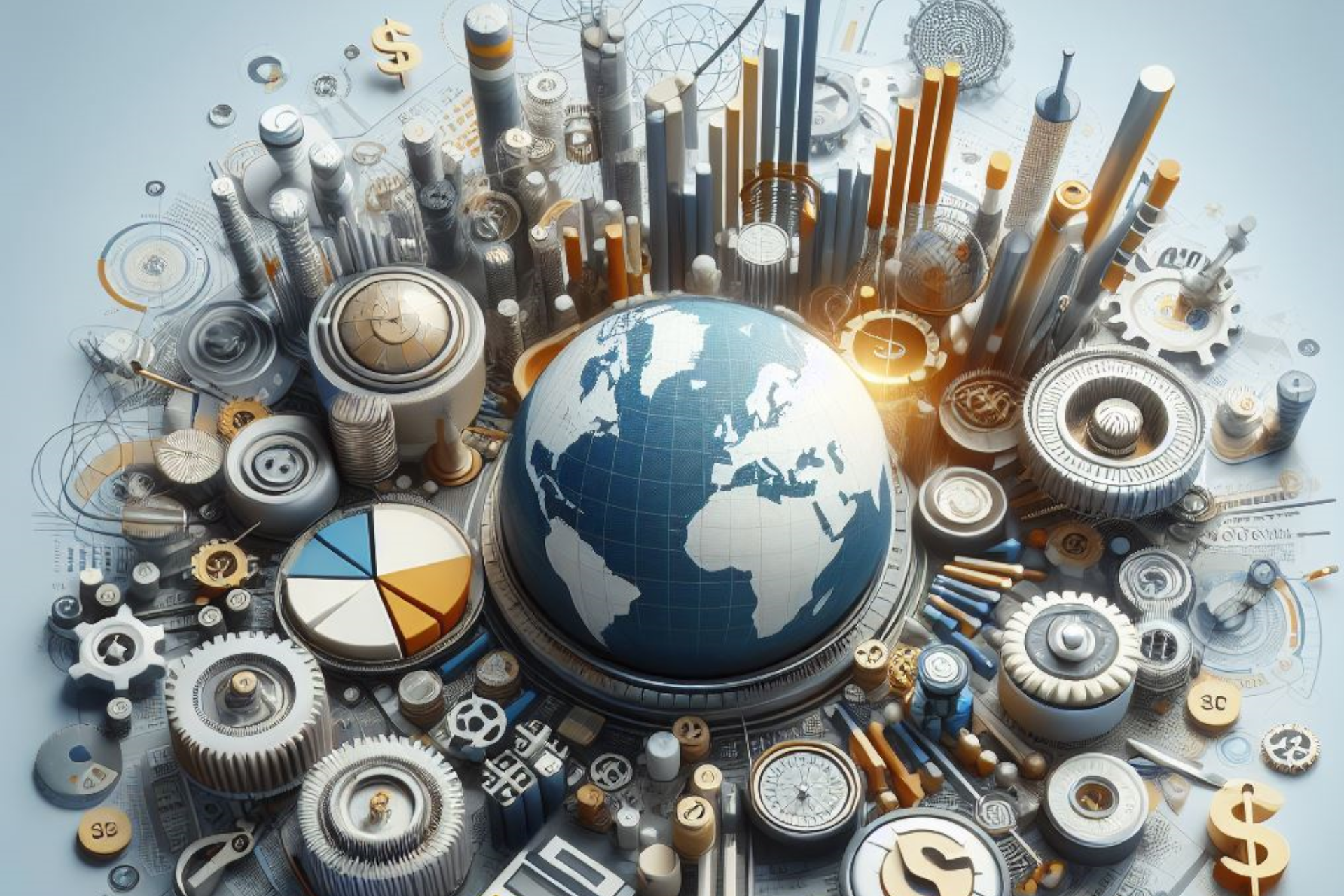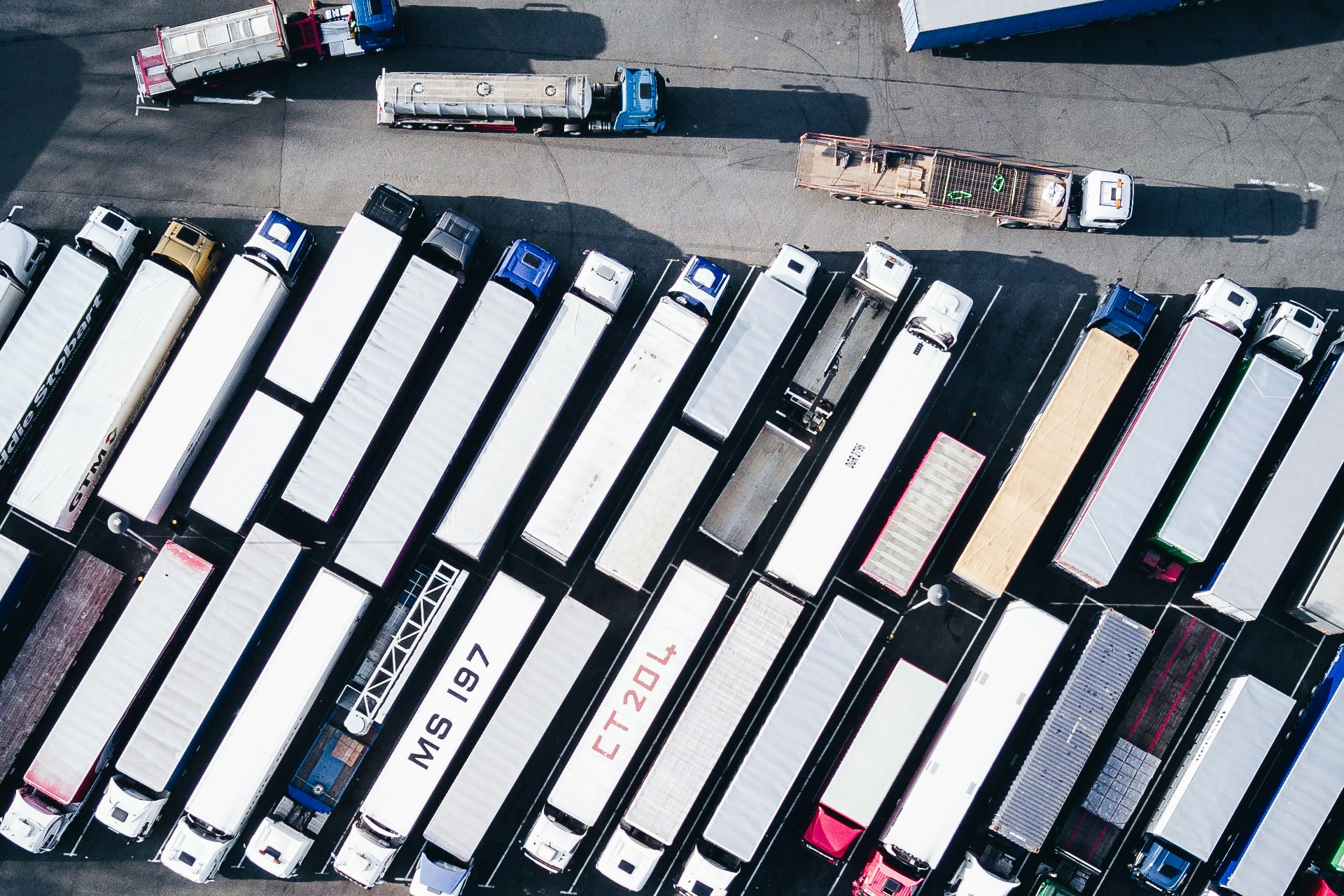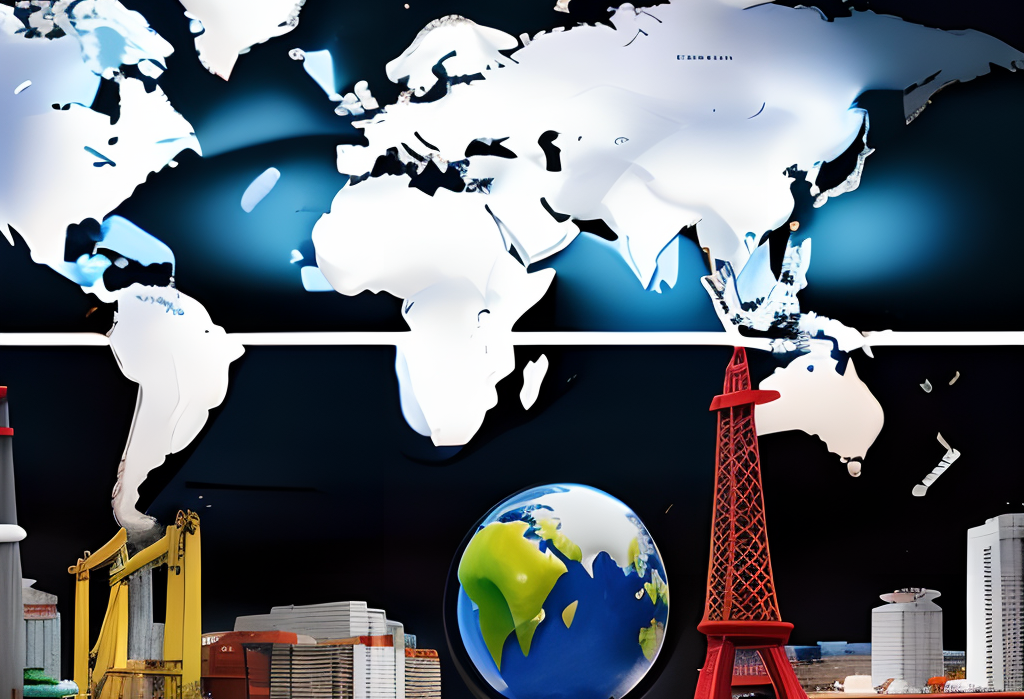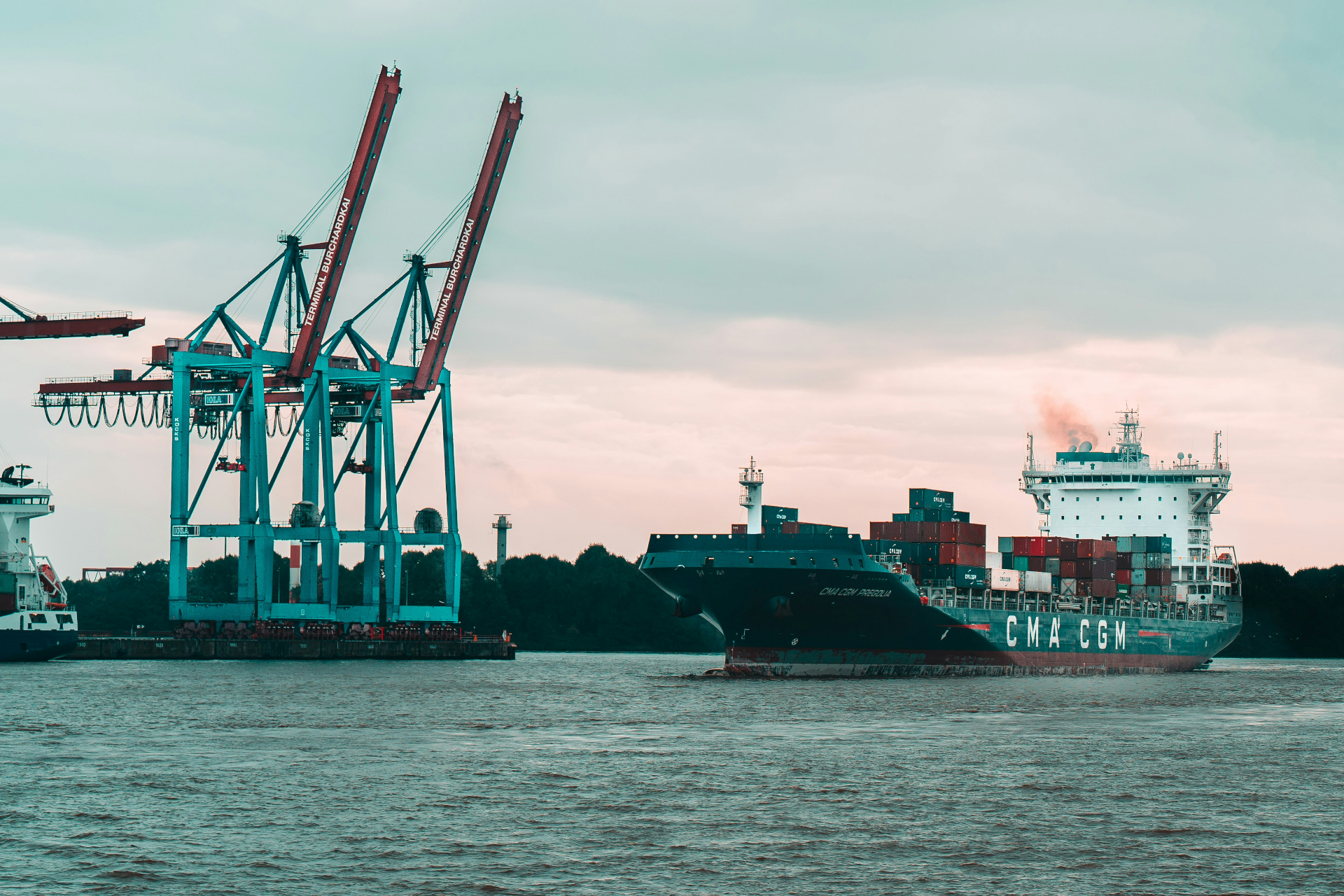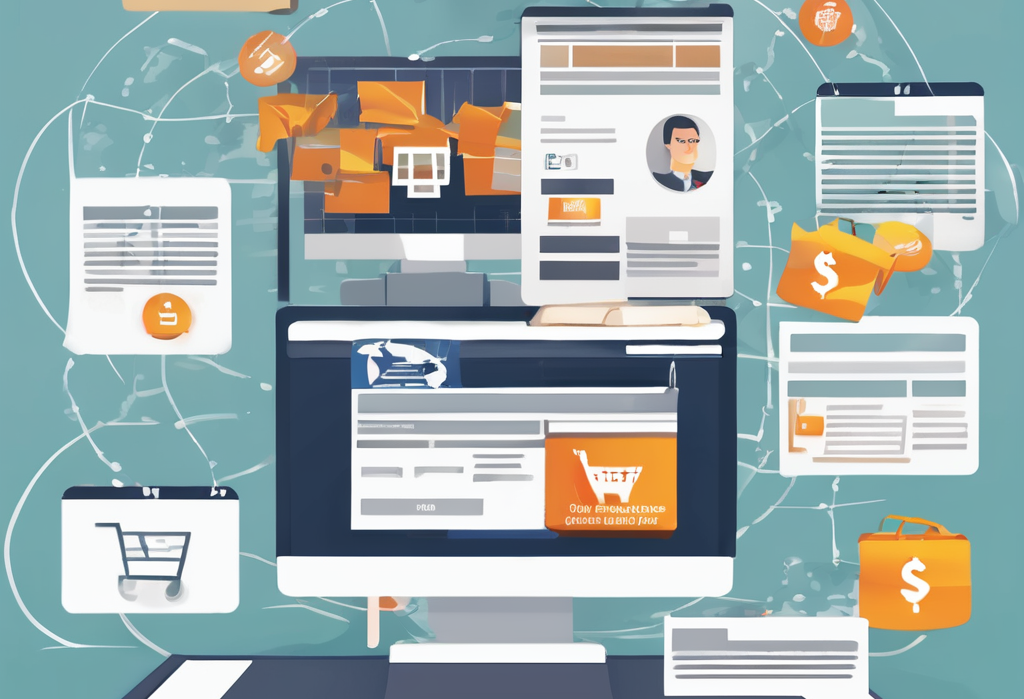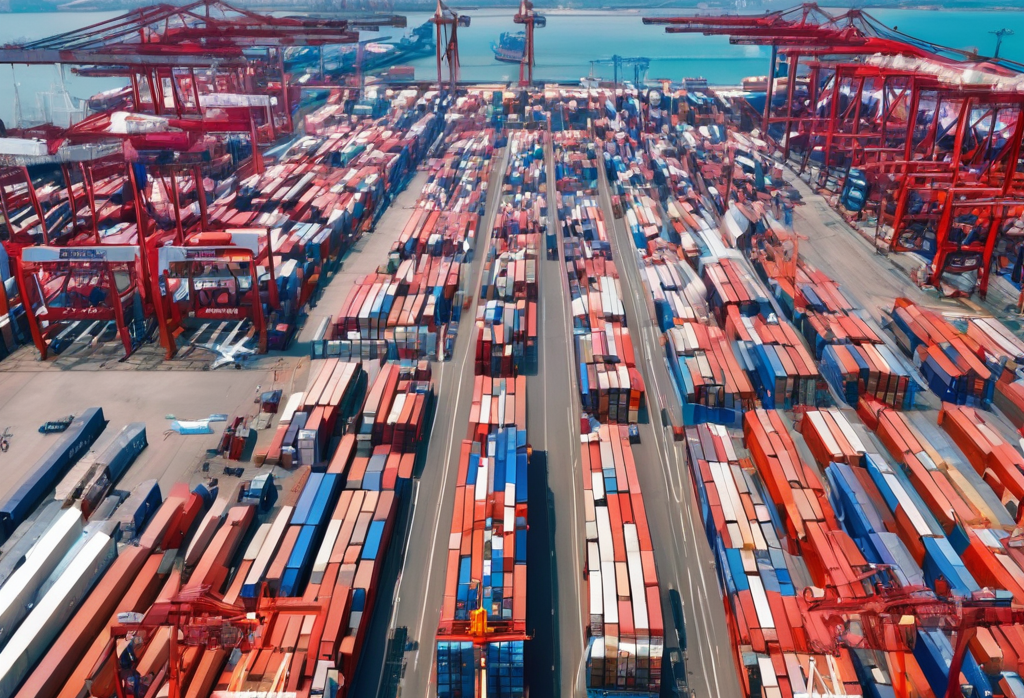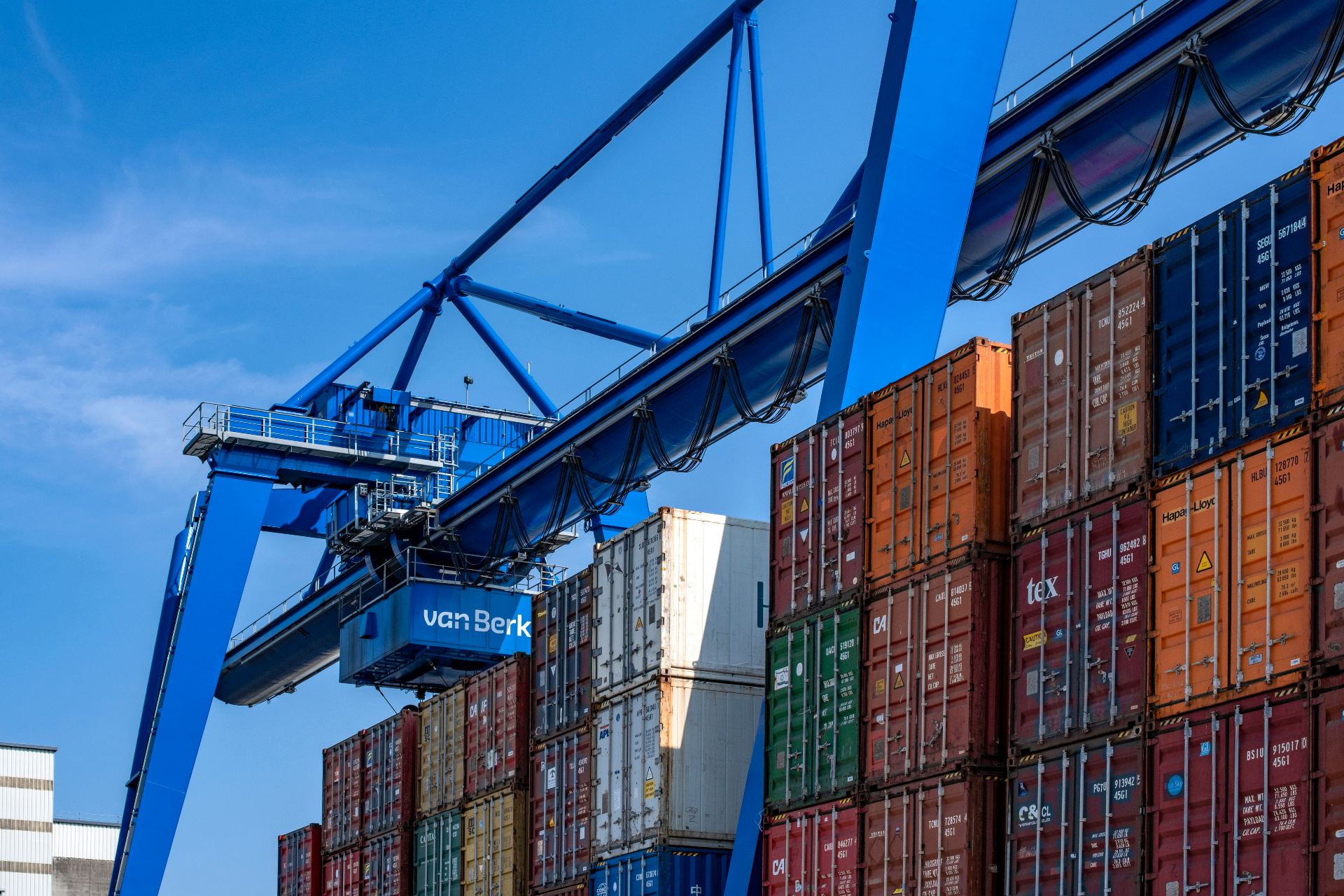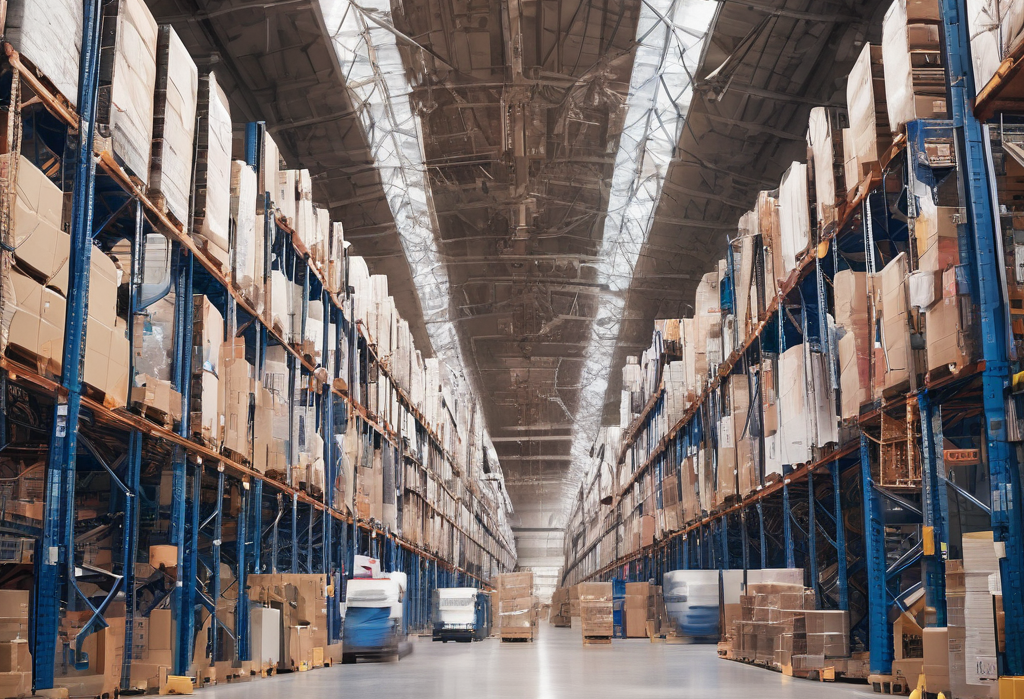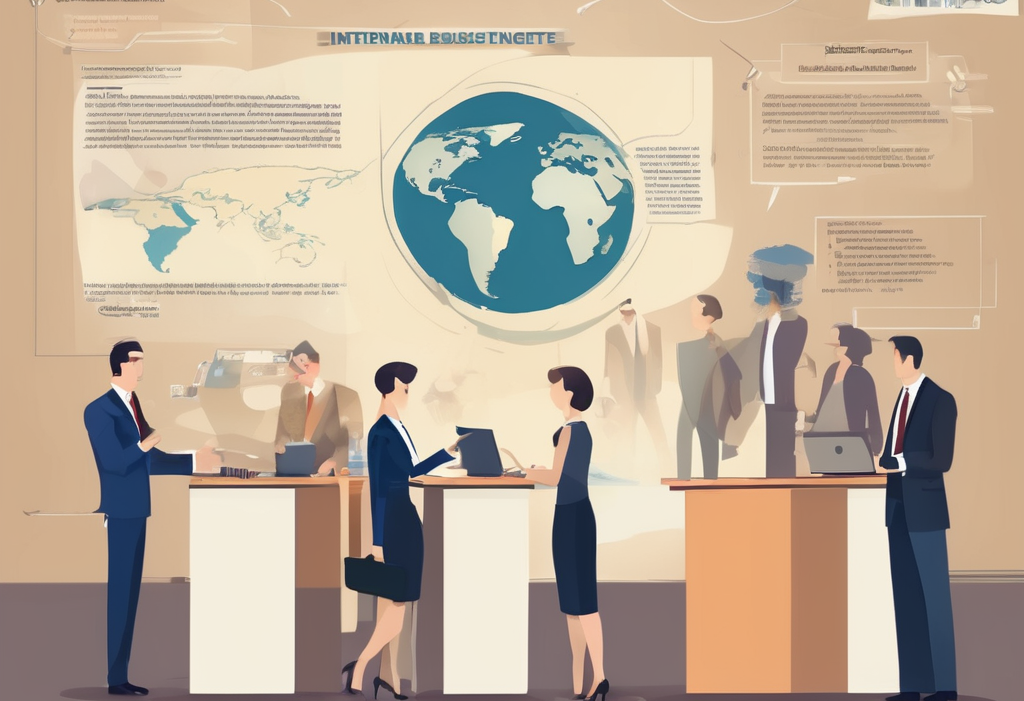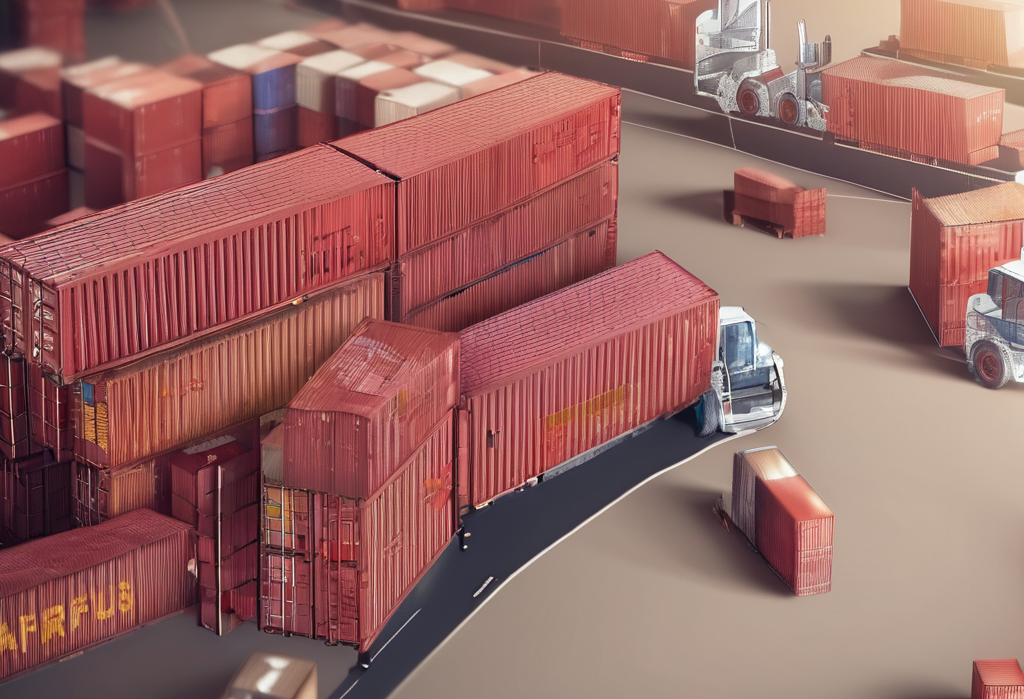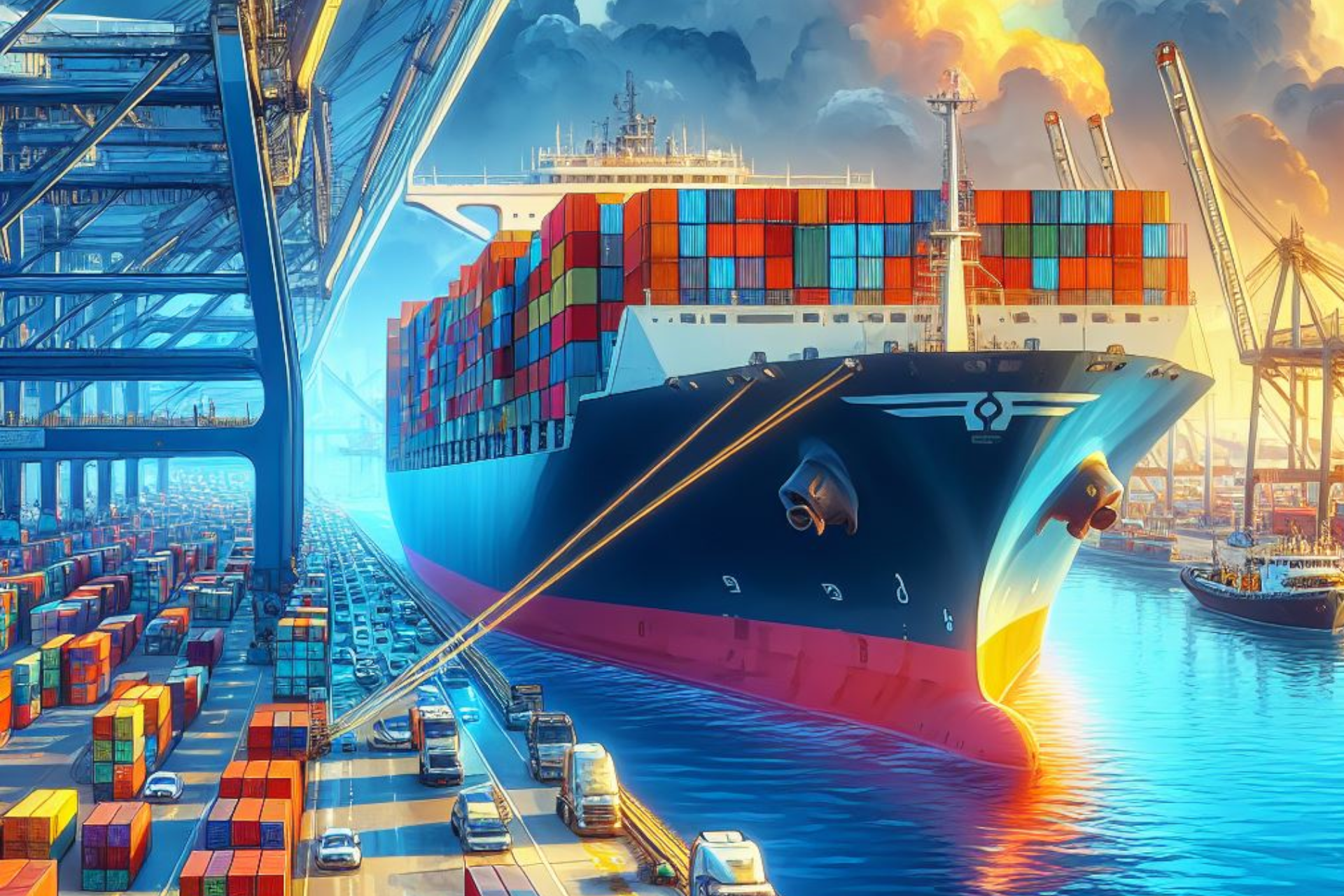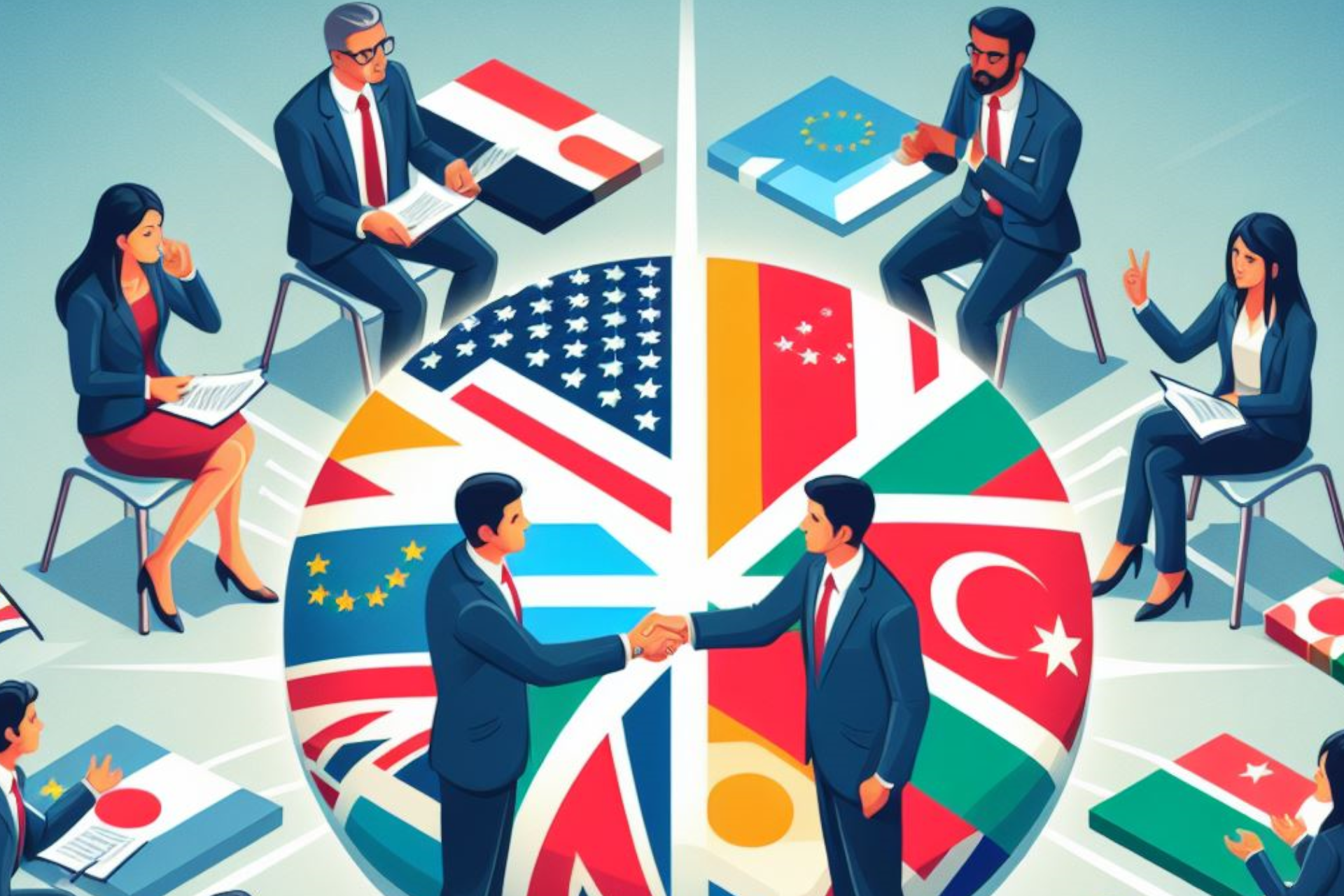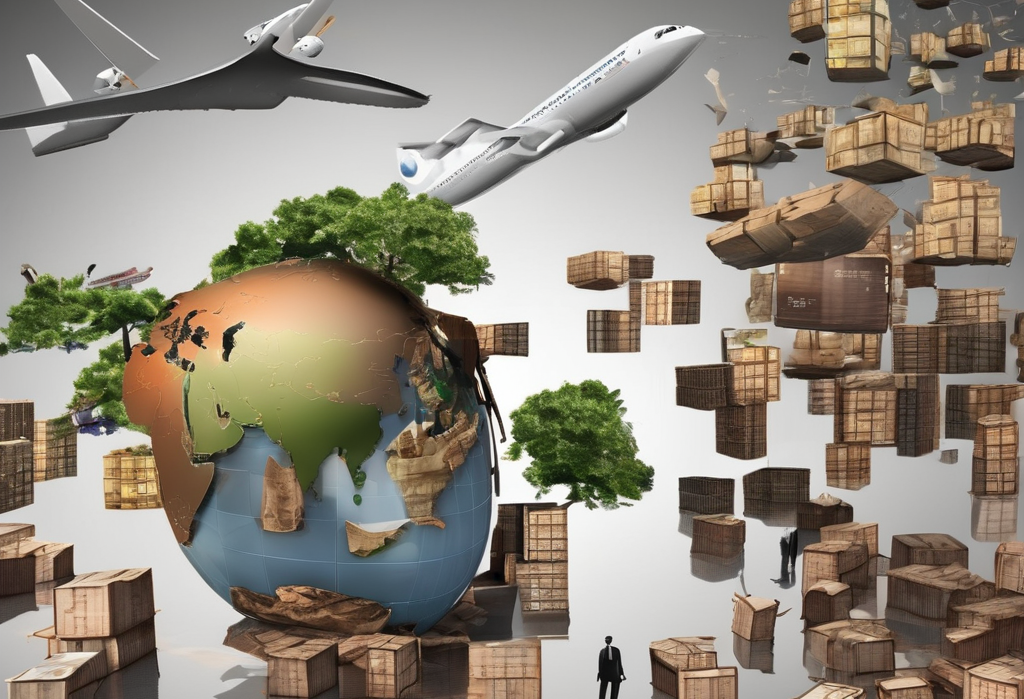International shipping and logistics face several challenges, including fluctuating fuel prices, complex customs regulations, and evolving supply-demand dynamics. Optimization strategies such as maximizing container utilization and intelligent route planning can streamline operations and reduce costs. Technological advancements like blockchain, AI, and machine learning also contribute significantly to this industry's efficiency. Lastly, a trend towards sustainable logistics via clean energy solutions is making waves, demonstrating the industry's commitment to reducing its environmental footprint.
With the rapid progression of globalization and e-commerce, international shipping and logistics have become central to the world economy. Every day, millions of parcels and packages journey across oceans and continents, making the optimization of these processes more critical than ever.
In the realm of international shipping, companies constantly grapple with a multitude of challenges. Factors like fluctuating fuel prices, complex custom regulations, the climate crisis, and the intricate supply and demand dynamics shape the industry's landscape. It is, therefore, imperative to adopt strategies and technologies that streamline operations and reduce the overall cost.
One of the key strategies involves the optimization of container utilization. Traditionally, companies would send out shipments as soon as they had enough goods to fill a container. However, this method often led to less than optimal space usage. Modern strategies involve waiting until containers are completely filled before shipping, a practice known as Full Container Load (FCL), which reduces shipping costs per item and lowers the environmental footprint.
Optimization is also visible in route planning. Instead of sending a shipment directly from point A to point B, companies are increasingly using transshipment points. This practice involves moving goods to an intermediate destination first, then forwarding them to their final destination. By cleverly using this method, firms can significantly reduce shipping costs and transit times.
Advancements in technology have also played a pivotal role in logistics optimization. The advent of blockchain technology has enhanced transparency and traceability in supply chains, reducing fraud and error while increasing overall efficiency. Similarly, AI and machine learning are revolutionizing the industry by enabling predictive analytics, which can anticipate and mitigate potential problems before they occur.
Artificial intelligence can help predict demand patterns, identifying trends and making accurate forecasts. This capability is particularly useful in reducing overstocking and understocking, leading to better inventory management. Simultaneously, machine learning algorithms can analyze past data and predict potential disruptions in shipping routes, enabling companies to prepare contingency plans.
On the environmental front, companies are making strides in sustainable logistics, primarily through the adoption of clean energy solutions. An increasing number of shipping companies are transitioning to electric vehicles and biofuels for land transportation, while some ocean freight companies are exploring wind propulsion and other innovative technologies.
Nevertheless, there is still a long way to go, and shipping companies need to continuously innovate and adopt emerging technologies. The current trend is towards digitalization, automation, and increased collaboration among stakeholders. Ultimately, the future of international shipping and logistics lies in the harmonious integration of these elements.
Related Information


